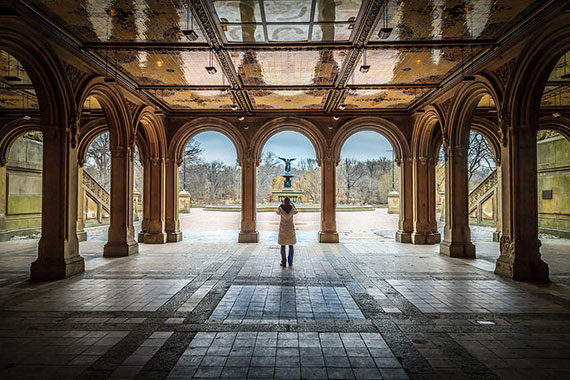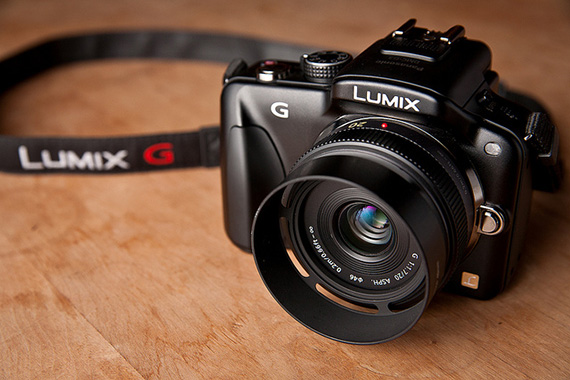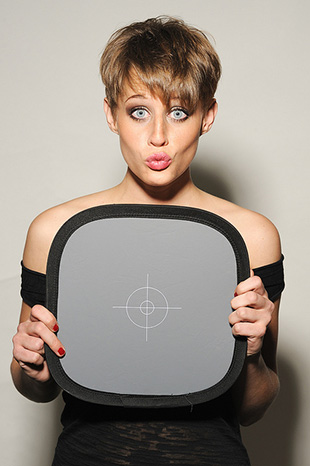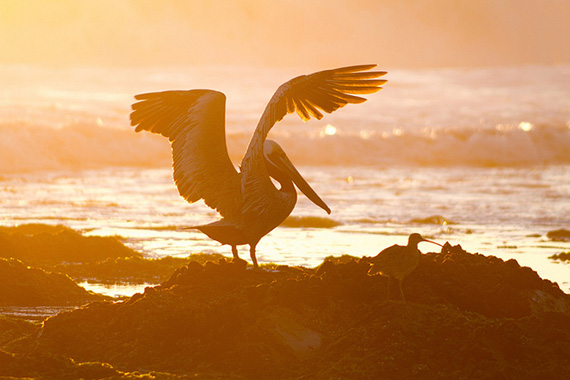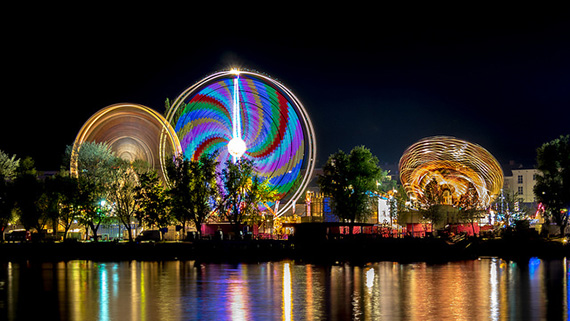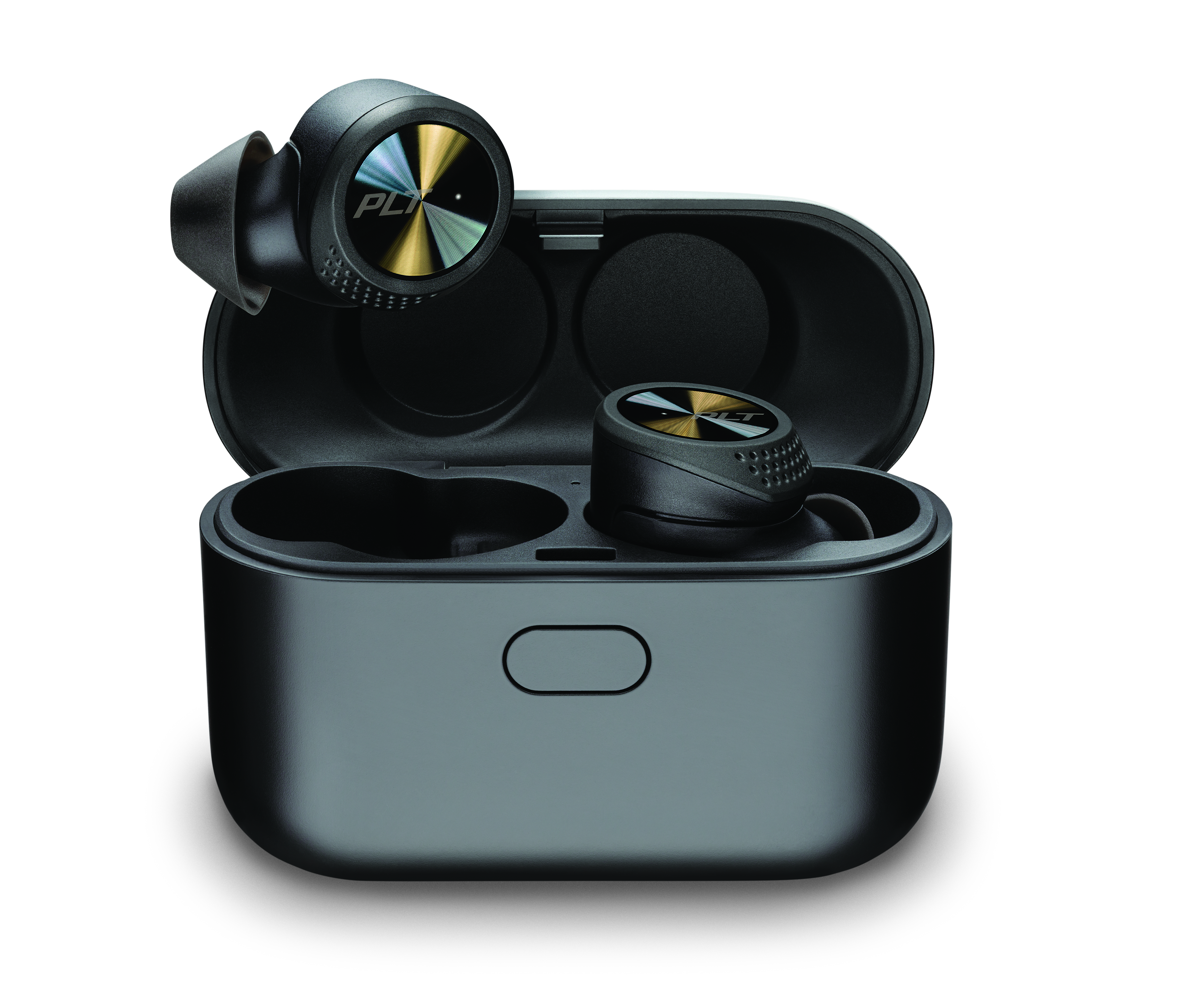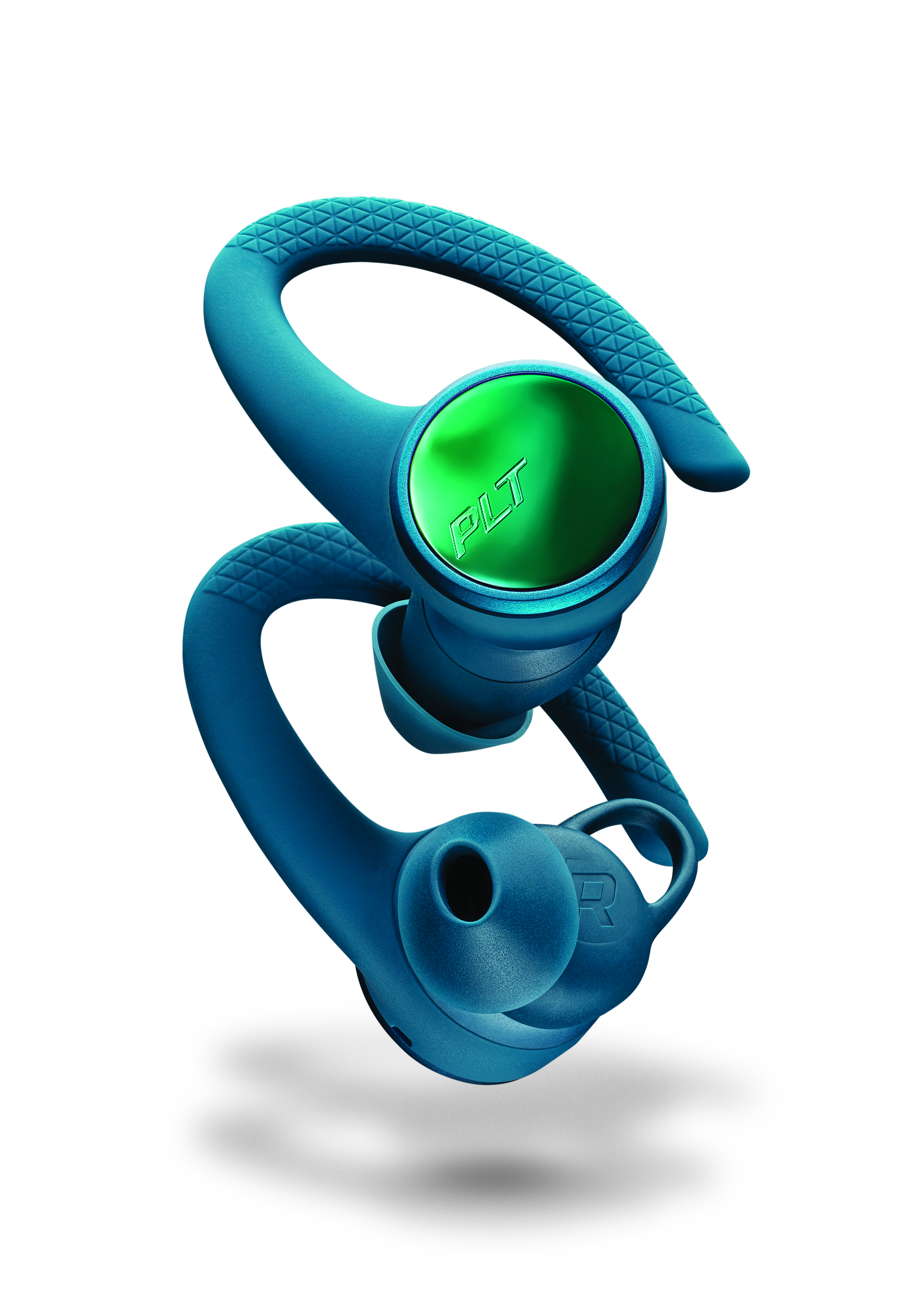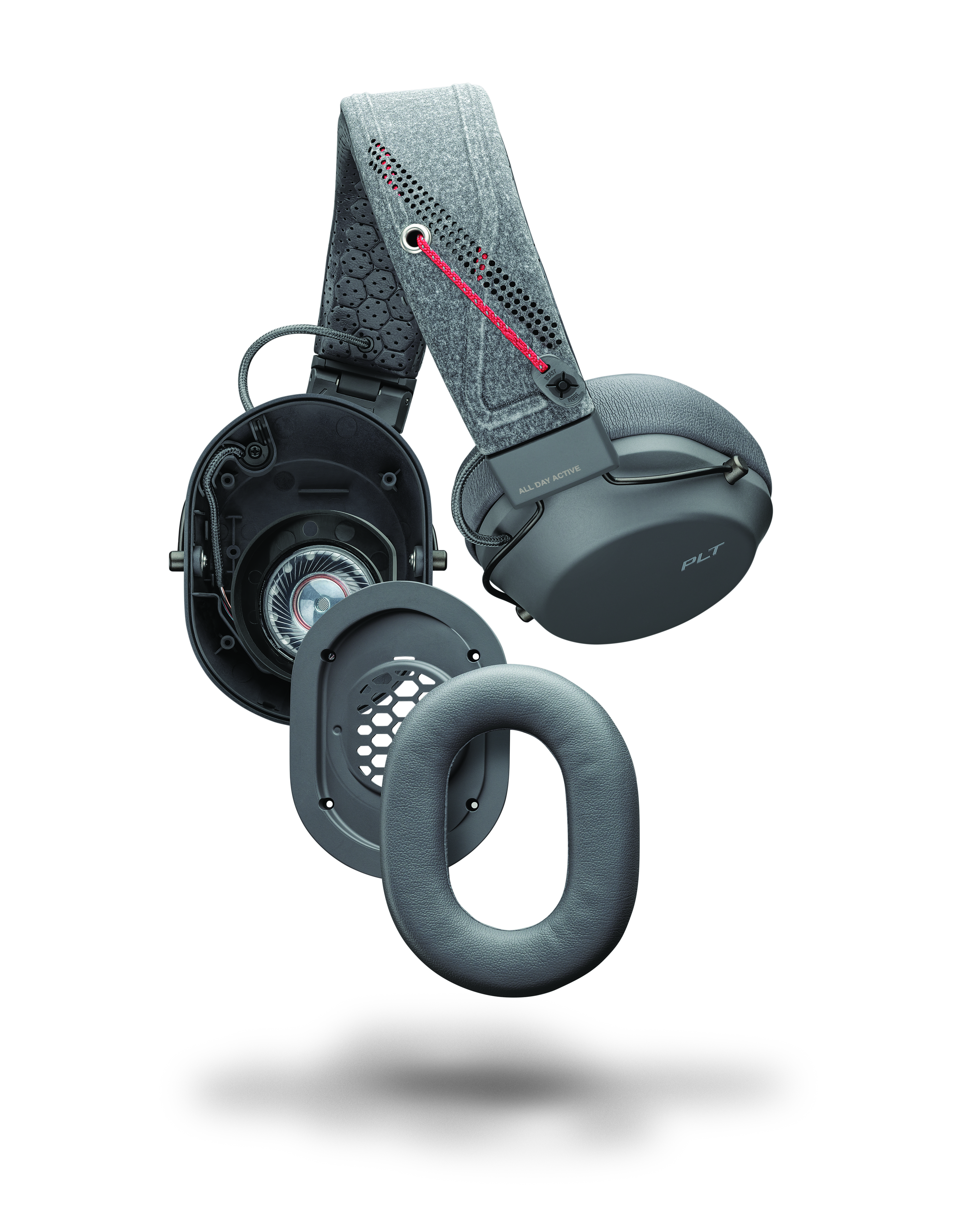Forget the new car smell we all know about. When you first buy any new car, there’s a much more memorable experience for the driver: learning the new car interface.
As a journalist these past 18 years, and a car reviewer the last seven, I can attest to the slight feeling of confusion when you first slip behind the wheel of any new car. You have to learn how to adjust the seat and mirrors, find the radio controls, and then start exploring all of the 'extra' features like how to set the follow distance for adaptive cruise control.
For me, it’s not difficult – every major brand works roughly the same. A Chevy Blazer has similar controls and options to the Chevy Equinox. The radio works roughly the same in every new BMW, and all Ford cars and trucks use a similar navigation.
However, with much more advanced cars with unusual and innovative tech features, it can take some more time. Fortunately, when I started testing the new 2019 Range Rover Sport SVR, I used an app called Land Rover iGuide that helped tremendously.
Minimizing confusion
Now, before I explain how the tech works, you should know that this is not a matter of intelligence or comfort in learning technology. Without doing a deep dive on the brain science involved, it’s really more about how we adjust to new situations. Our brains tend to go into overload when something is brand new.
This is the opposite of a more automated mode our brains use when we actually drive cars – we don’t have to think about where to find the brake pedal. With a new car, for the first week at least, our brains have to work overtime.
The Land Rover iGuide app is designed to minimize the confusion. It uses a form of augmented reality (I will explain that in a moment) where you move your phone around inside the car. If you point the phone over to the side door, the buttons there will illuminate. If you point up to the sun-roof controls, you’ll see highlights on those buttons. Click any of these highlights, and you can then see that portion of the manual with a simple click.
I loved learning about the car this way. I didn’t have to drag out the manual and find page 242 section eight. If I was interested in the touch controls on the steering wheel, I point the app there and then read up on how they work. (Side note: these buttons turn off completely and the touch interface goes to total black, which I’ve never seen before on other cars.)
Find your way around
Now, one interesting discovery (no pun intended Land Rover fans) is that the app doesn’t actually use augmented reality, and maybe that’s OK. You can download and use the app even if you don’t own a Range Rover SVR, and even if you aren't sitting inside one. When you're behind the wheel, you click a centering button in the app with the phone pointed directly ahead. This means the app doesn’t really use your camera or augment reality.
It does, however, work really well. I found that I could still point the phone in the direction I wanted and click the buttons to learn more. It’s smart of Land Rover to do this because you can learn about features anywhere, and then if you are about to drive, it makes it easier. Again, your brain will do the mapping for you when you move the phone, even if it is all a bit fake.
For future cars, this is good news. Augmented reality will most definitely be part of future tech advancements, showing where to drive on the road (or where the robotic car will drive while we play chess). It’s one of those features that will be indispensable as future cars become more and more advanced, and as cars do more and more of the driving for us,
On The Road is TechRadar's regular look at the futuristic tech in today's hottest cars. John Brandon, a journalist who's been writing about cars for 12 years, puts a new car and its cutting-edge tech through the paces every week. One goal: To find out which new technologies will lead us to fully self-driving cars.








